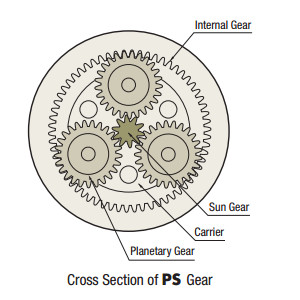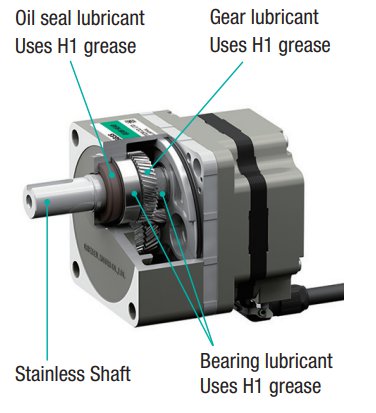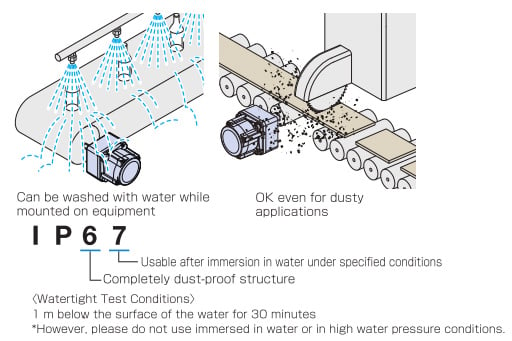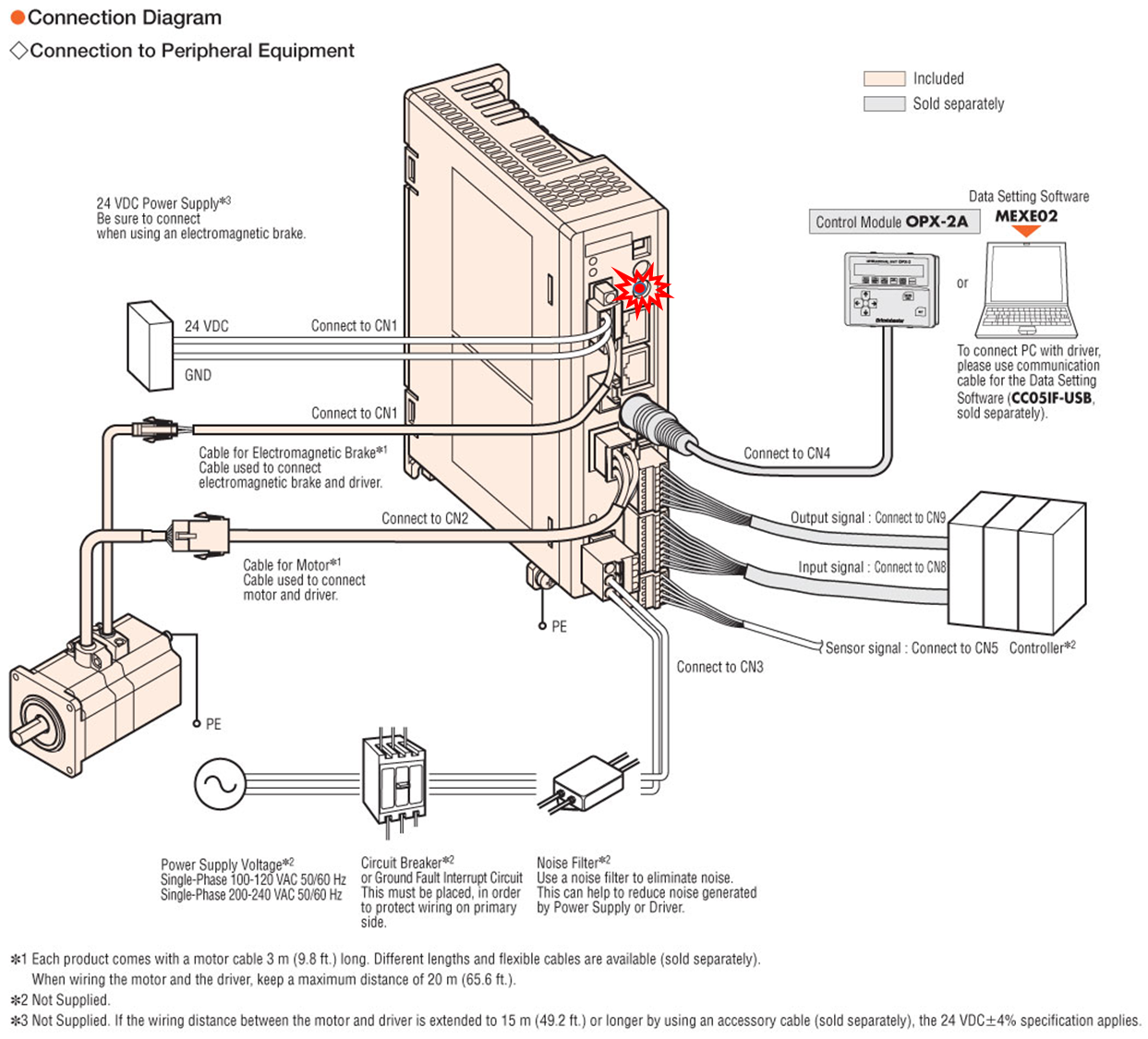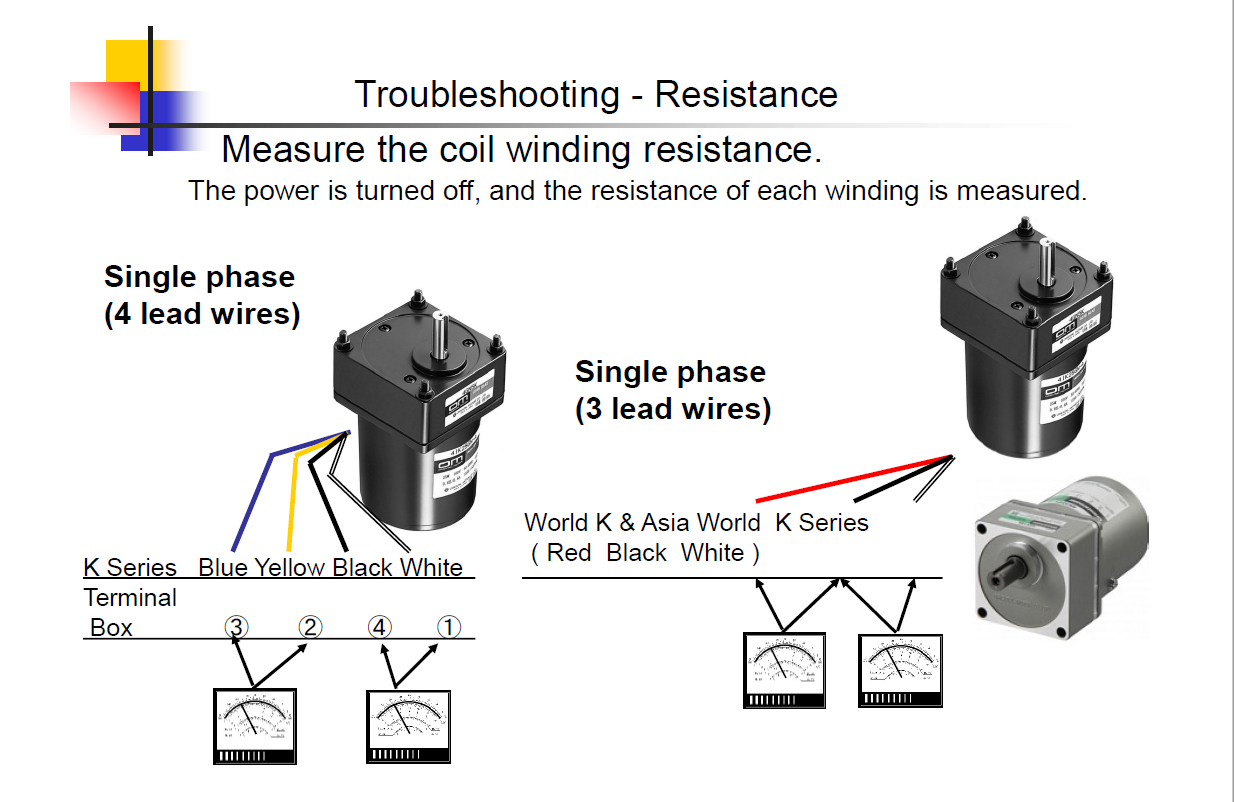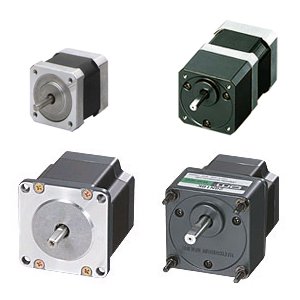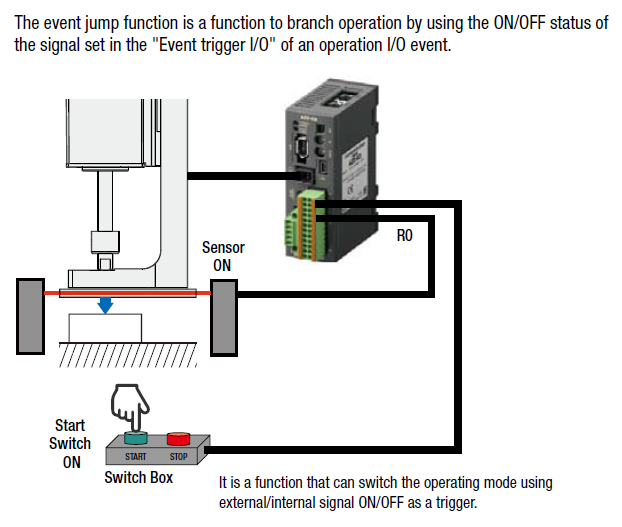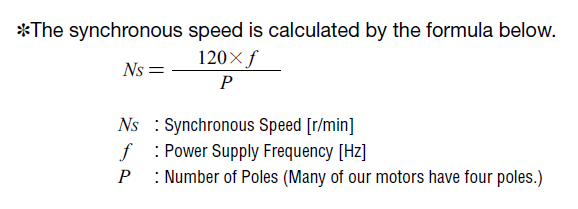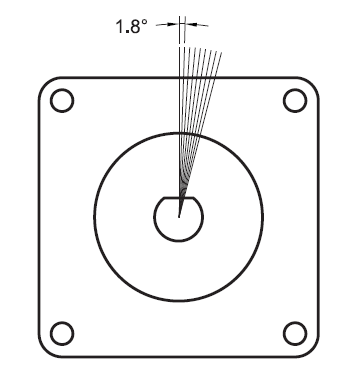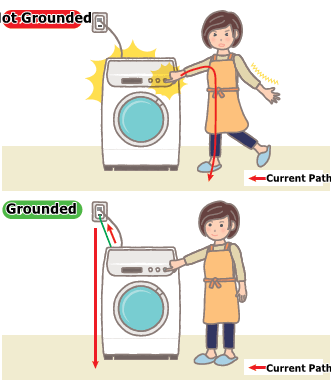Selecting a gearhead for a stepper motor is like picking out the right shoes for the occasion. Sure, you can wear Air Jordans on a football field, but they're not better than a pair of regular cleats. Similarly, you can use a harmonic gearhead to drive a unidirectional conveyor, but you may be overpaying for its zero-backlash capability when you don't have to. Picking the right gearhead can ensure the best balance between performance and budget.
Welcome to Oriental Motor's "Engineering Notes" Blog:
Products and technology are only valuable when coupled with skilled people and services to support them. Since 1978, ORIENTAL MOTOR U.S.A. CORP. has been building a service and support system to better serve customers. It is our goal to provide the best product and service from the design phase, through the sale and beyond.
Our blog will feature:
- Introduction to new products and technologies
- Motion control basics and application examples
- Tips for motor selection, programming, and troubleshooting
Gearhead Selection for Stepper Motors
Topics: Stepper Motors, Alphastep Hybrid Control, Motor Sizing, Gearheads, Motion Control Basics
Gearhead Selection for Brushless Motors
Gearheads play a crucial role in motor performance optimization. Each type of gear offers its own features and characteristics, and the gear ratio alters a motor's output torque and speed. By carefully selecting the optimal gear type and ratio, engineers can fine-tune motor performance to align precisely with the application requirements.
Topics: Speed Control, Motor Sizing, BLDC Motors, Gearheads, Motion Control Basics
What Does Ingress Protection Really Mean for Electric Motors?
Electric motors drive our world, but they can be susceptible to environmental hazards like dust or water. This article explores IP ratings and codes, what they are, how they're tested, and why they're critical for motor durability and reliable performance.
Topics: AC Motors, Speed Control, VIDEOS, BLDC Motors, Washdown, Application Examples, Motion Control Basics, Conveyors
The level of troubleshooting you can perform depends on your knowledge of the system. This technical article provides the basics of troubleshooting for stepper motor systems from my experience as a technical support engineer.
Topics: Stepper Motors, Troubleshooting, Motion Control Basics
AC motors are the workhorses of industrial automation. They're robust, easy to use, and offer a wide product breadth. What do you do if they stop working, and you don't have a spare?
Topics: AC Motors, Troubleshooting, Motion Control Basics
Which type of electric motor do you size for your conveyor, XYZ table, or robot? Before you select one, you must understand the characteristics of each type of motor in the market.
Topics: AC Motors, Stepper Motors, Speed Control, Motor Sizing, BLDC Motors, Washdown, Servo Motors, Motion Control Basics, Conveyors
Motion Programming Example: Timed Pressing Operation
In this blog post, I will explain how to easily program a timed pressing operation with our MEXE02 universal product support software. This example works for any products included in the AlphaStep AZ Series family, which also includes other series that use the same technology and software.
Topics: Stepper Motors, Absolute Positioning, Alphastep Hybrid Control, Linear Actuators, VIDEOS, Software, Application Examples, Motion Control Basics
Speed Control Basics: VFD or Triac for AC Induction Motors?
When a voltage is applied to an AC induction motor, it runs at a certain speed. Variable speed requirements for AC induction motors are typically fulfilled by a 3-phase motor and an inverter or VFD. This blog post also introduces another option.
Topics: AC Motors, Speed Control, Motion Control Basics, Conveyors
There are three main types of stepper motors available in the market: PM (permanent magnet) type, VR (variable reluctance) type, and hybrid type. What are the differences, which one should you use, and how do they work?
Topics: Stepper Motors, Motion Control Basics
Grounding Basics: What are the Differences Between PE and FG?
Topics: AC Motors, Stepper Motors, Alphastep Hybrid Control, Linear Actuators, BLDC Motors, Servo Motors, Cooling Fans, Motion Control Basics
